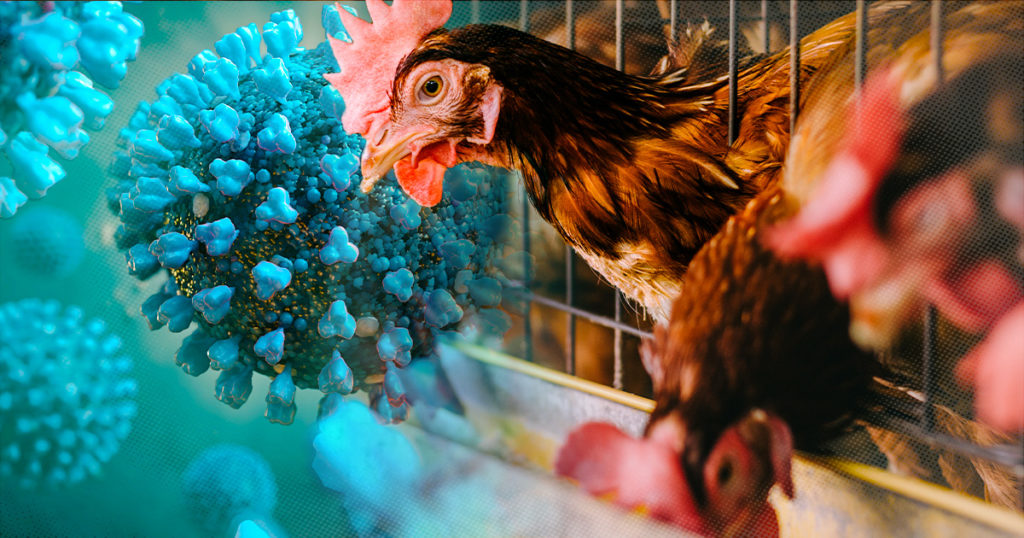In January 2024, Antonio Alcamí and Ángela Vázquez, virologists from the Severo Ochoa Centre for Molecular Biology, landed in Antarctica to study the avian flu virus. They embarked on a journey to monitor 17,000 penguins as part of their efforts to study the virus and prevent its spread. Our Maxwell® RSC 48 was delivered to extract nucleic acids from the samples, which are set to be analyzed using qPCR.


